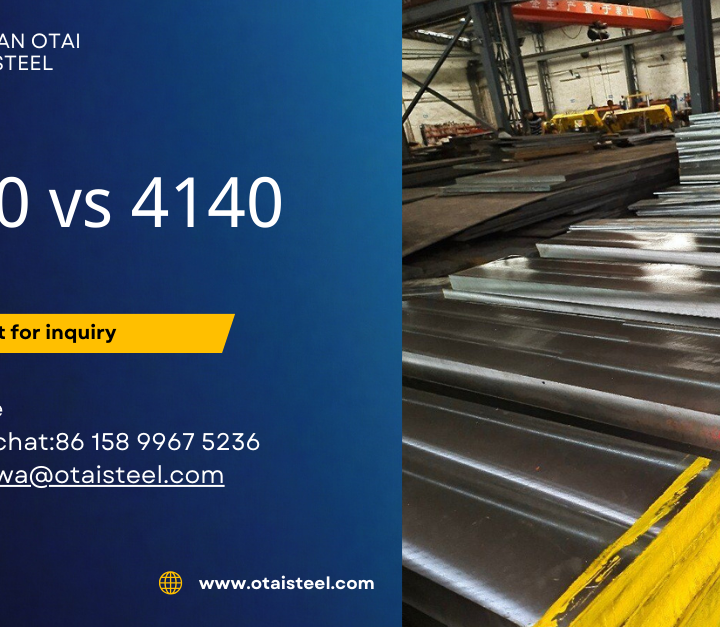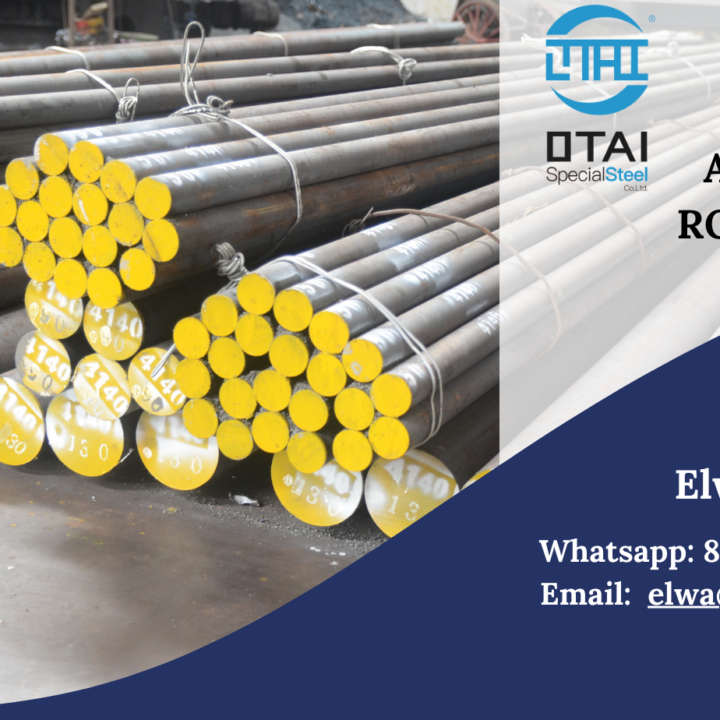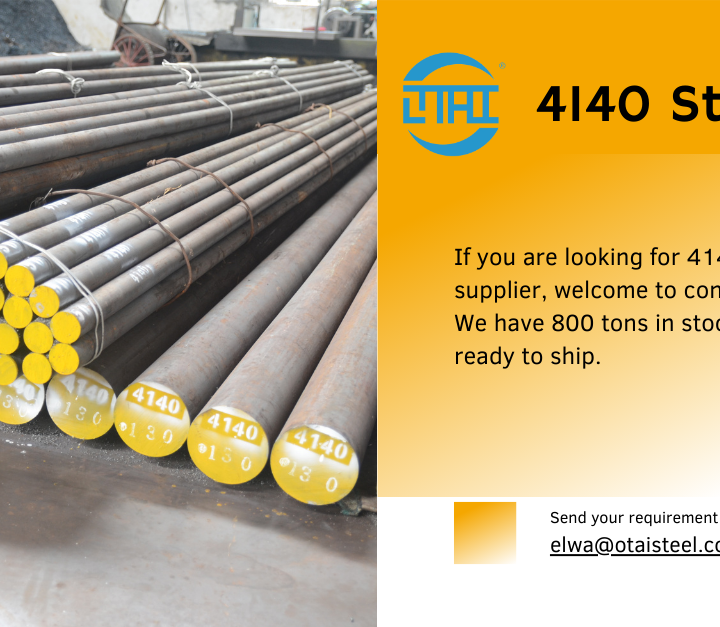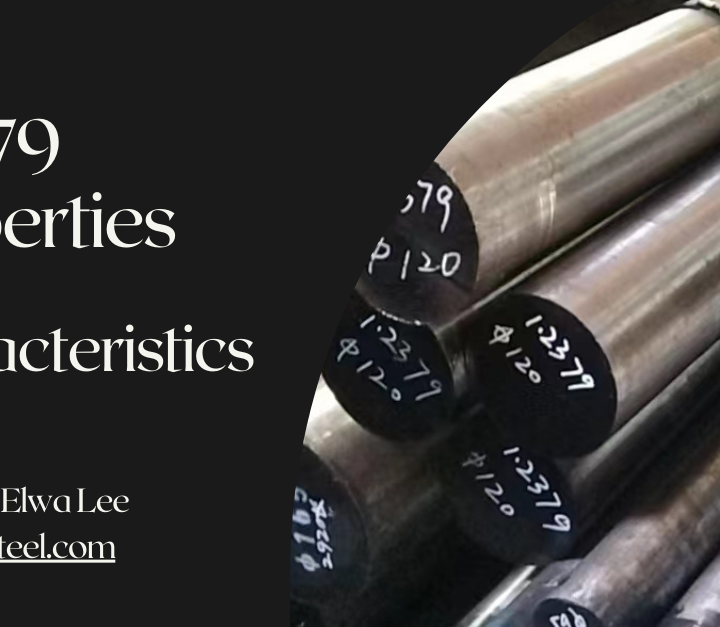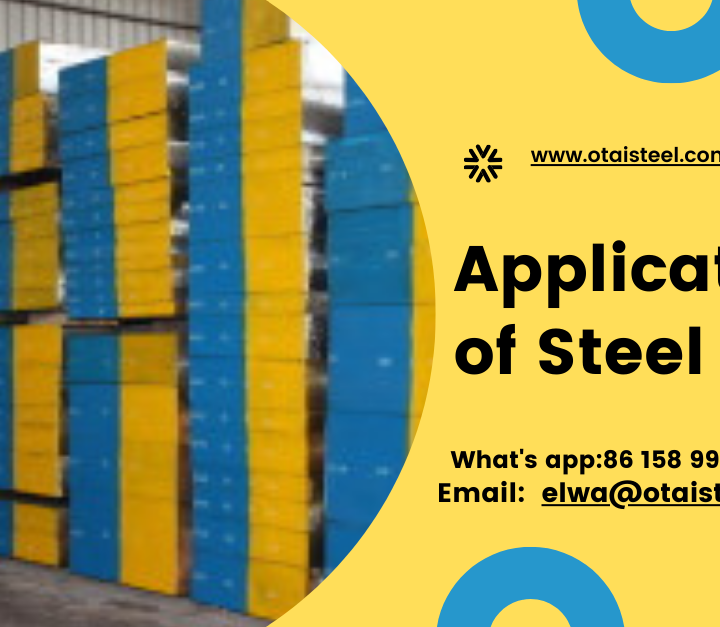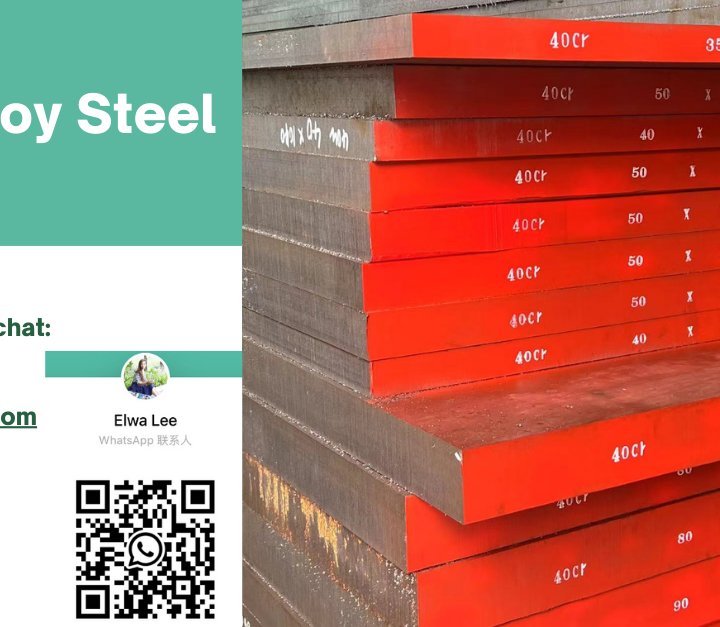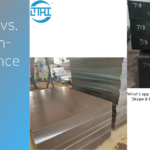In the world of metallurgy, 718 steel stands as a pinnacle of engineering achievement, prized for its remarkable strength, corrosion resistance, and heat resistance. But what goes into the creation of this exceptional alloy? Join us as we delve into the intricate manufacturing process that transforms raw materials into the final product known as 718 steel.
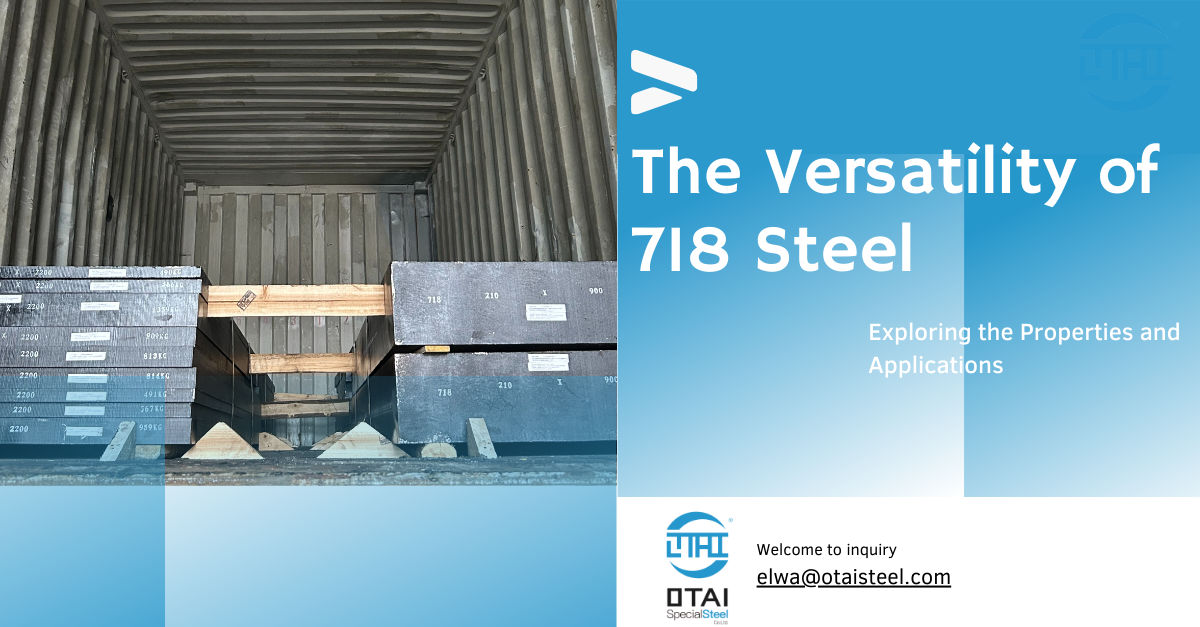
Raw Materials Selection
The journey of 718 steel begins with careful selection of raw materials. Key components include nickel, chromium, iron, molybdenum, niobium, tantalum, and titanium. Each element plays a crucial role in determining the alloy’s properties, from strength and toughness to corrosion resistance and heat resistance.
Melting and Alloying
Once the raw materials are gathered, they undergo a meticulous melting and alloying process. This typically takes place in a vacuum induction furnace, where precise control of temperature and atmosphere ensures the desired chemical composition is achieved. The molten metal is carefully mixed to homogenize the alloying elements and remove impurities, resulting in a uniform blend ready for further processing.
Casting
With the alloy composition perfected, the molten metal is cast into ingots or billets through either continuous casting or traditional ingot casting methods. Continuous casting offers advantages such as improved yield and reduced processing time, while ingot casting allows for greater control over ingot size and shape. Once solidified, the castings are inspected for defects and prepared for subsequent processing.
Hot Working
The next stage in the manufacturing process involves hot working, where the cast ingots are heated to high temperatures and formed into intermediate shapes such as bars, rods, or plates. This is typically achieved through processes like forging, rolling, or extrusion, which impart directional grain flow and further refine the microstructure of the alloy. Hot working also helps to relieve internal stresses and improve mechanical properties.
Heat Treatment
Following hot working, the intermediate shapes undergo a series of heat treatment steps to optimize their mechanical properties. This usually involves solution annealing to dissolve any residual phases and promote uniformity, followed by precipitation hardening to induce the desired strengthening mechanisms. Precise control of temperature and time during heat treatment is critical to achieving the desired balance of strength, toughness, and ductility in the final product.
Final Processing and Inspection
Once the heat treatment process is complete, the 718 steel undergoes final processing steps such as machining, grinding, and surface finishing to meet specific dimensional and surface quality requirements. Comprehensive inspection techniques, including non-destructive testing and dimensional metrology, ensure that the finished product meets the highest standards of quality and performance.
Conclusion
In conclusion, the manufacturing process behind 718 steel is a testament to the ingenuity and precision of modern metallurgy. From the careful selection of raw materials to the intricate steps of melting, casting, hot working, heat treatment, and final processing, each stage plays a crucial role in shaping the exceptional properties of this alloy. As industries continue to push the boundaries of performance and innovation, the manufacturing process behind 718 steel remains at the forefront of advanced materials technology.
FAQs
1. What are the primary raw materials used in the production of 718 steel?
The primary raw materials include nickel, chromium, iron, molybdenum, niobium, tantalum, and titanium, carefully selected for their specific contributions to the alloy’s properties.
2. What are the advantages of continuous casting over traditional ingot casting?
Continuous casting offers advantages such as improved yield, reduced processing time, and better control over the final product’s microstructure and properties.
3. How does heat treatment impact the properties of 718 steel?
Heat treatment plays a crucial role in optimizing the mechanical properties of 718 steel by promoting uniformity, enhancing strength, and improving resistance to corrosion and heat.
4. What inspection techniques are used to ensure the quality of 718 steel?
Comprehensive inspection techniques, including non-destructive testing and dimensional metrology, are employed to ensure that 718 steel meets the highest standards of quality and performance.
5. What industries commonly utilize 718 steel?
718 steel finds applications in a wide range of industries, including aerospace, automotive, oil and gas, and industrial manufacturing, where its exceptional properties are valued for demanding applications.

